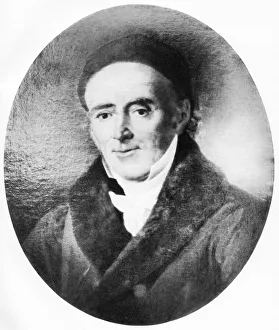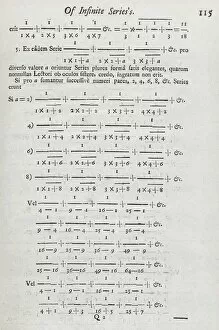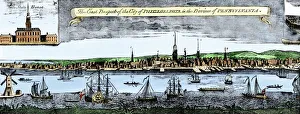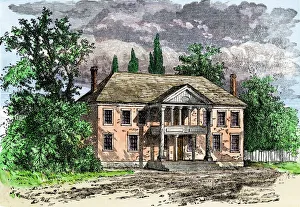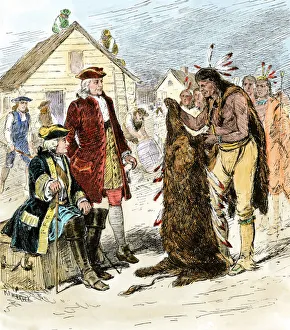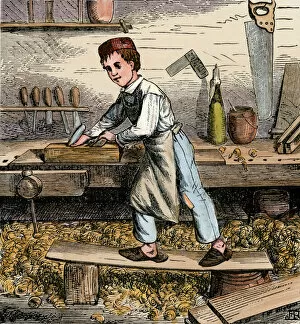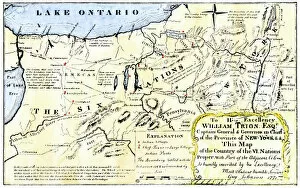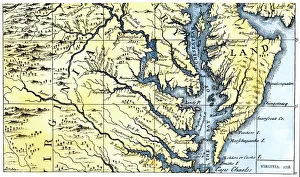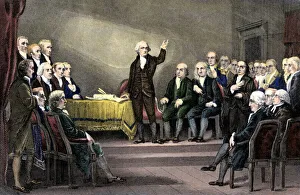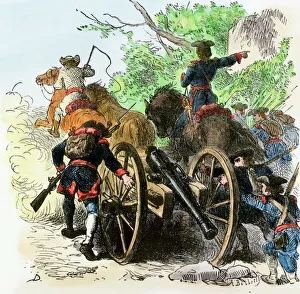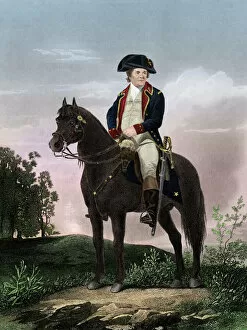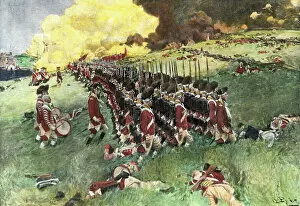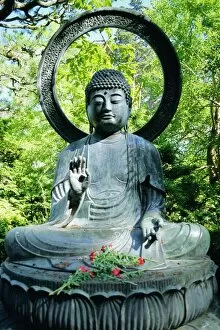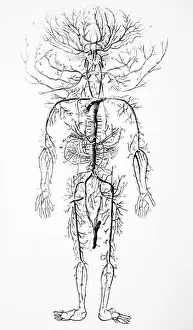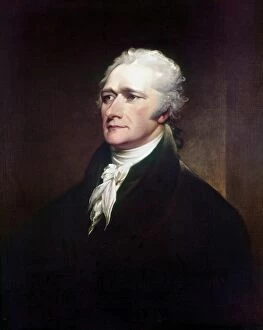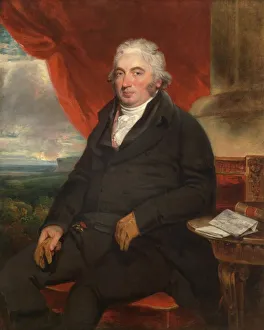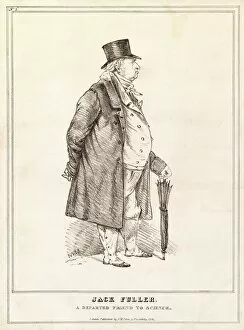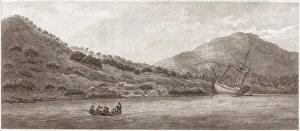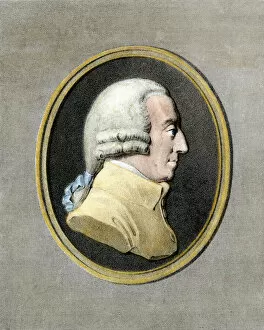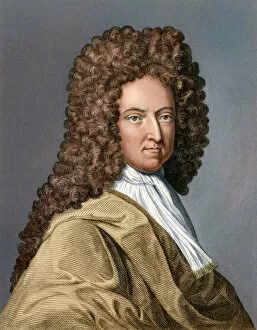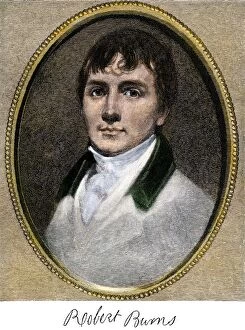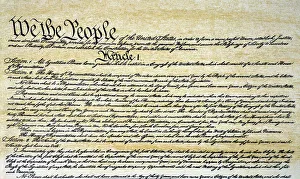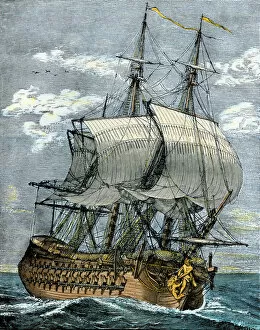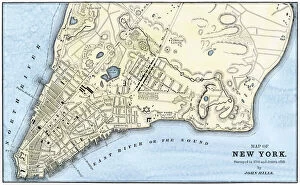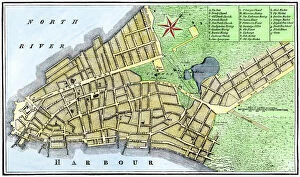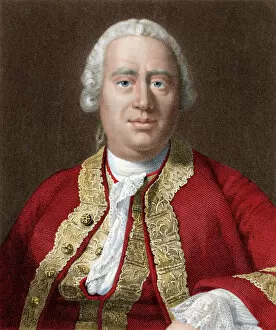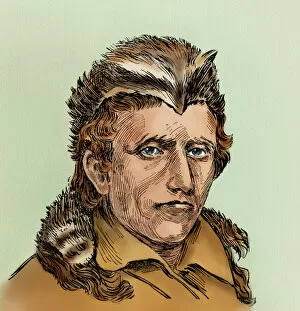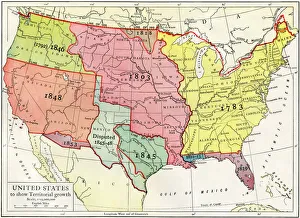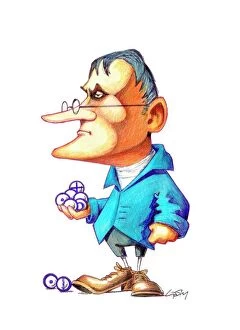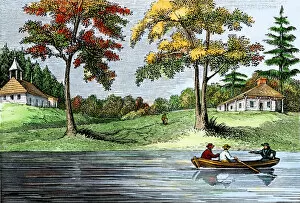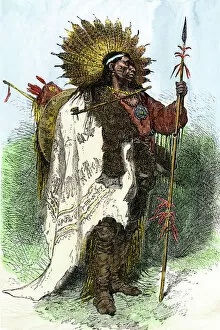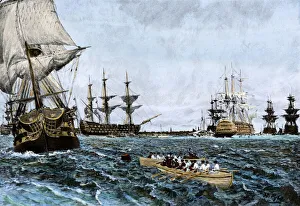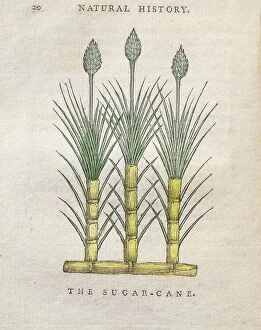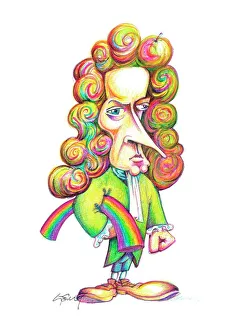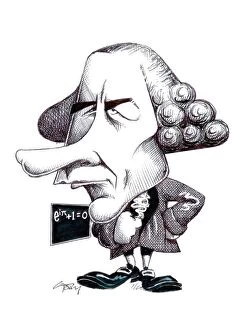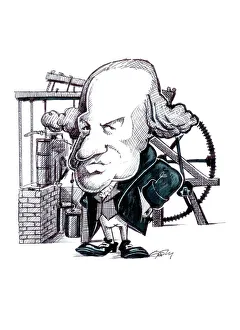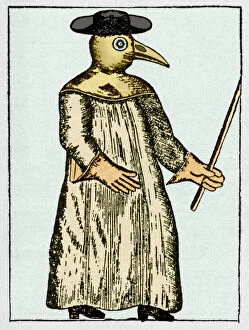1700s Collection (page 2)
Step back in time to the 1700s, a pivotal era that shaped the course of history
All Professionally Made to Order for Quick Shipping
Step back in time to the 1700s, a pivotal era that shaped the course of history. In 1776, the Thirteen original colonies united and declared their independence, laying the foundation for what would become the United States of America. The Orrery by Joseph Wright captures this period's fascination with science and discovery, showcasing an intricate model of our solar system. Education thrived during this time as well, with institutions like William and Mary College flourishing in the early 1700s. It was a century marked by intellectual progress, exemplified by page one of the Constitution of the United States of America from 1787 – a document that still guides us today. Artists like Joseph Wright continued to captivate audiences with their masterpieces; his painting "The Airpump" depicts scientific experimentation at its finest. Meanwhile, maps such as "Map of the City of Dublin" from 1797 provide glimpses into bustling cities during this period. Immanuel Kant emerged as a prominent philosopher whose ideas influenced generations to come. St Bartholomews Hospital stood tall as a testament to advancements in healthcare throughout the 18th century. Notable figures also left their mark on history: David Hume's caricature showcases his wit and intellect while American Indian tribe locations in 1715 remind us of indigenous cultures' rich heritage. And who could forget about Count St Germain? This enigmatic French alchemist fascinated many with his mysterious abilities. As we delve into these fragments from centuries past, let us remember that they are not merely relics but windows into an era defined by innovation, exploration, and profound societal changes.

